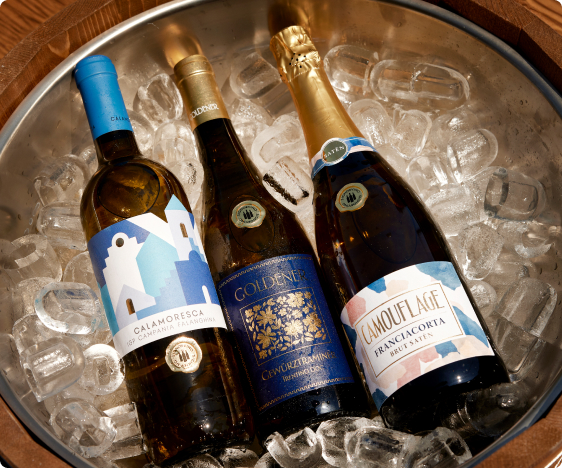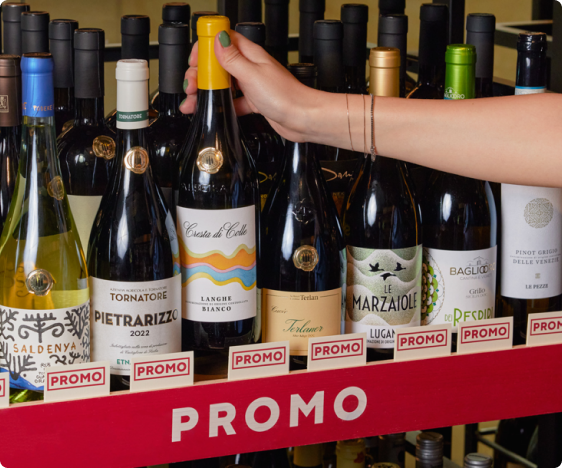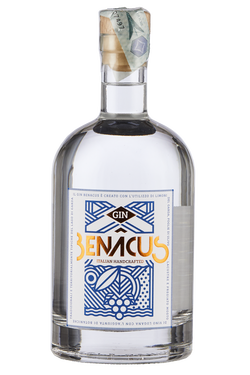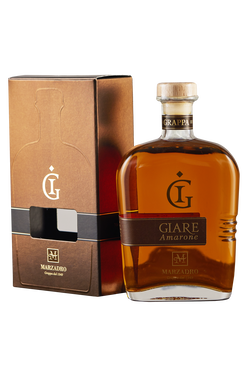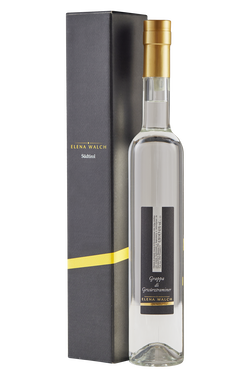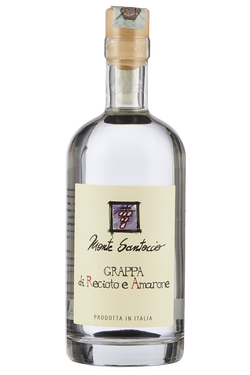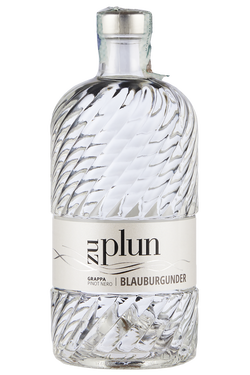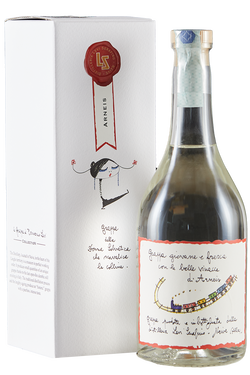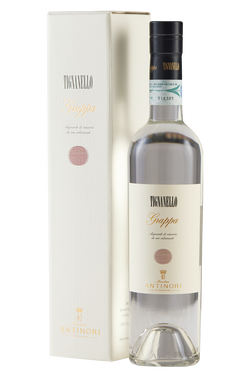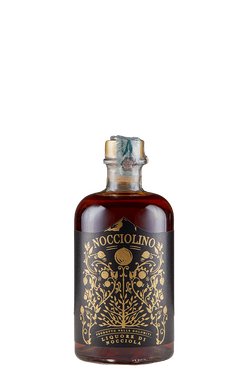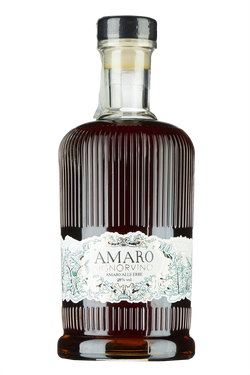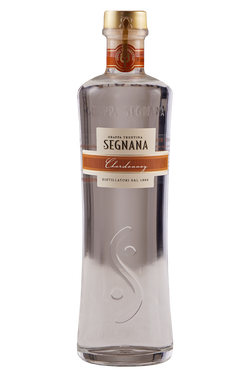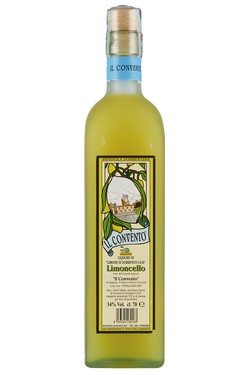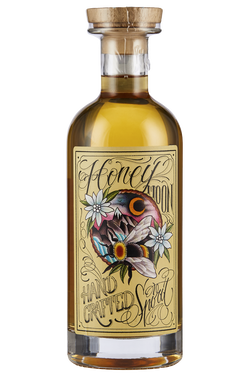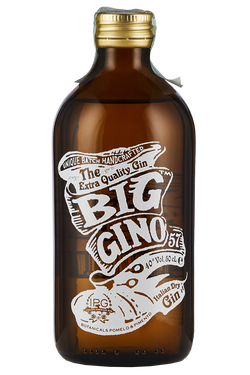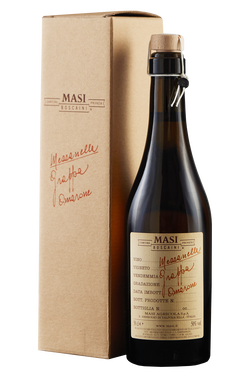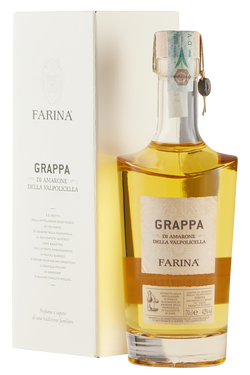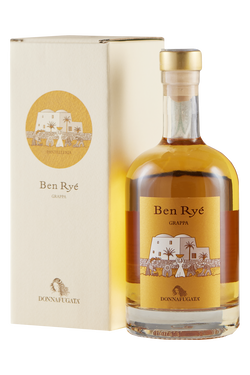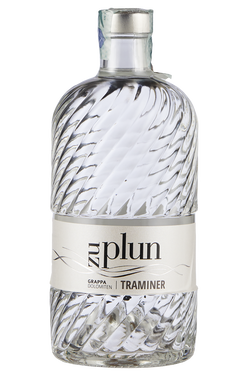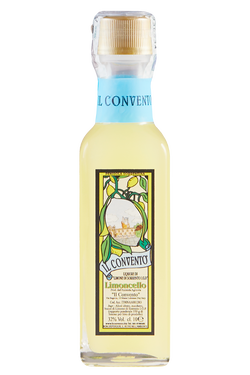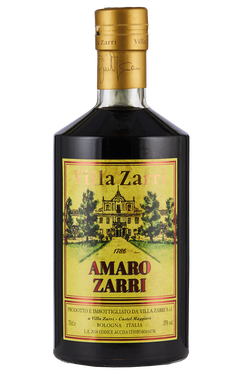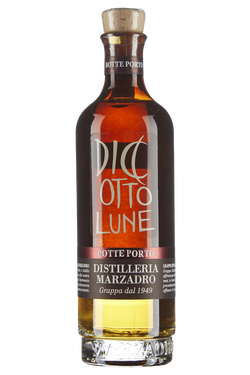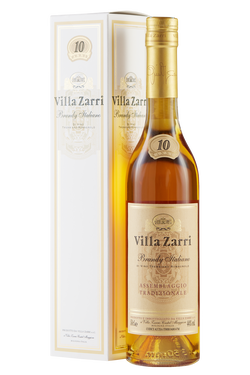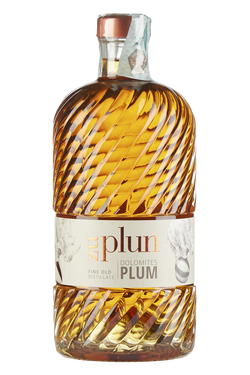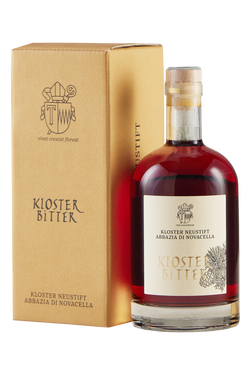- Wines >
- Spirits
Big regional grappas and distillates
Grappas are synonymous with Italy, there is no doubt about it! It is only in Italy that you can call the distillate made from grape pomace grappa. In fact, nothing is thrown away from the wonderful Bacchus fruit or pomace, which are then used for vinification. The origin of the word derives from Veneto, where the grape shoot is called “graspo”. This spirit has strong links to Northern Italy, but these days, it is popular around the world, as well as across the Italian territory. The biggest grappa production regions in Italy are Veneto, Piedmont, Trentino and Alto Adige. Then there are other gems produced in Italy, such as Vermouth in Piedmont, Limoncello in Campania and various bitters, which say a lot about our passion for drinking well.
Italian grappa production
This brandy is made by distilling fermented pomace extracted from grapes produced exclusively in Italy. Typically, to produce a quality grappa, the distiller has to distil must from fresh grapes, which preserves certain aromatic characteristics. Distillation can take place in a still, and can be continuous or discontinuous. The former, also called column still distillation, allows for constant distillation without interrupting the process, unless the pomace runs out. Discontinuous still distillation requires operations to be stopped so that the tank containing the pomace can be cleaned and refilled. In both cases, the distillate is composed of three parts: the head (methyl alcohol, which must be removed because it is harmful to the human body), the heart (the best part of the distillate), and the tail (full of impurities, so it must be removed).
Grappa classification
This all-Italian distillate is classified based on its ageing and aroma. The classification is as follows: Young grappa: with a crystal-clear colour, it is only aged in inert containers like steel until it is bottled. Aromatic grappa: produced from aromatic grapes like Traminer, Brachetto, Malvasia, and Moscato. Monovarietal grappa: made from the pomace of pure grape varieties. In recent years, distillers have valued this type of grappa, making products with very different noses and aromas. Aged grappa: aged in wood for at least 12 months. The colour generally becomes straw yellow. Very old grappa: aged for at least 18 months in wooden barrels. The colour tends towards crystal-clear gold. Aromatised grappa: with the addition of natural aromas such as herbs, fruit and roots.
Serving tips
To enjoy this distillate to the full, you need to choose the right glasses. Tulip glasses are recommended for a young grappa, while aromatic or very old grappas are better in large glasses, similar to balloon glasses. When it comes to temperature, these are the maximum temperatures recommended: 8–10°C for young grappas, 15°C for aged grappas and 18°C for very old grappas. A good pairing for aromatic grappas is white or milk chocolate, but if you want to try something completely different, the more fearless could try a bold pairing with mature cheeses. Grappa barrique, which has smoked hints, can be combined with dark chocolate, and accompanied by a good cigar. In general, all the distillates work well with dry pastries containing pistachios, hazelnuts, and almonds.
